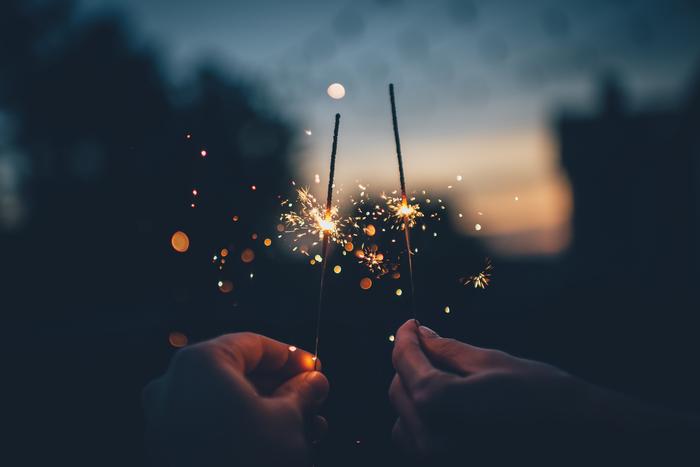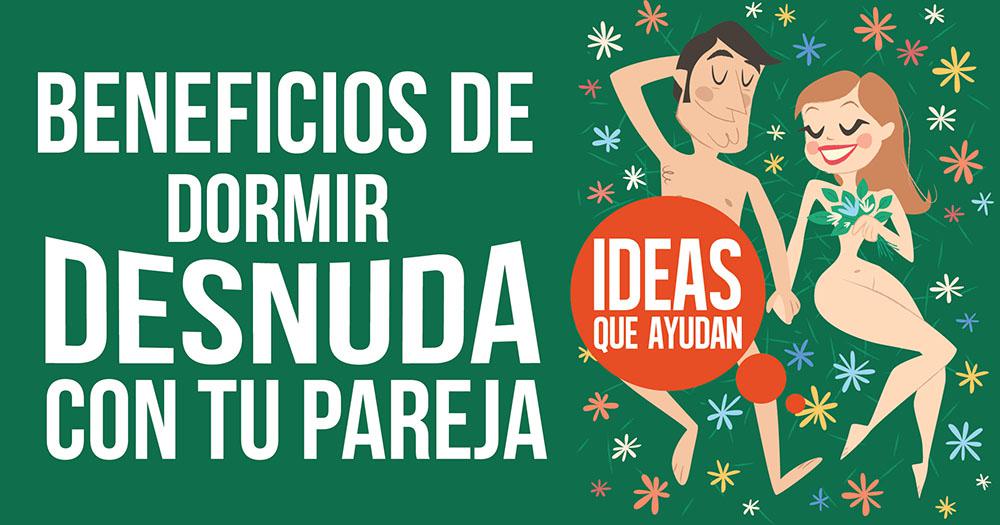Customs and traditions for the end of the year
Around the world there are hundreds of customs and rituals at the time of receiving and ending the year, these vary according to the culture of each country, however, they all seek a common purpose, to welcome 365 new days full of prosperity and luck
Grapes: In Latin America and Spain it is customary to receive the new year by eating 12 grapes. This practice dates back to the 19th century, the fruit is eaten during the ringing of the bells that announce the arrival of the new year as a symbol of each month of the same, some people make wishes for each grape they eat.
Lentils: In Italy, a plate of lentils cannot be missing from the table, this tradition is a symbol of wealth and they consider that during New Year's Eve dinner the more you eat, the more they will earn. It is said that the Romans gave away these legumes at the beginning of the year with the intention of turning them into gold coins that would increase their purchasing power. In other parts of the world, such as Venezuela, it is also customary to eat lentils to attract prosperity and not lack food on the table during the New Year.
Breaking dishes: This may sound very strange but in Denmark this is how they welcome the new year, after New Year's Eve dinner. Formerly the Danes crashed the tableware against the door of their loved ones, they were delighted with the action since it represented affection and good omens for the following year.
Offerings to the sea: In Rio de Janeiro the festival of Iemanjá, the goddess of the sea, coincides with January 1st, people enter the sea and throw floral offerings: white gladioli for peace, red for love and yellow for the money. Also, letters are thrown in which favors are requested from Iemanjá for the new year.

Underwear in specific colors: Red to attract love and passion, yellow for luck and pink as a synonym of good omen, but the latter must be given as a gift. In the West, women wear these garments on New Year's Eve to start it off with luck, since tradition ensures that by wearing these colors under their clothes there will be no lack of love, passion or luck during the coming year.
Clothes with polka dots: In the Philippines, polka dots on clothing are associated with coins due to their circular shape. Therefore, on December 31 they usually wear clothes full of polka dots for luck, they must also have at least one pocket to put a few coins that will ring when the clock announces midnight.
Step on the right foot: It is said that in order to walk on the right path, people must stomp on the right foot just after the twelve strokes of midnight, thus aspiring to a year free of obstacles.
Packing bags: People who dream of traveling next year pack them as if they were about to take the plane and after twelve o'clock they leave the house with suitcases in hand. This is ideal for those who want to see new places but do not yet have plans or resources to do so. This custom is popular in Mexico, Venezuela and Colombia.
First jogging: This custom consists of being the first to visit family or friends after 12 midnight bells. The person who arrives at the house of the celebration before will be the bearer of luck for the rest of the year. You must bring some kind of gift, which, according to popular tradition, can be money, bread or coal.
Burn old things: Whether it's clothes, furniture or dolls in Peru, Honduras and Ecuador burn clothes and furniture that symbolize a bad memory. In Colombia they also write the things they want to leave in the past and on paper and keep it in a doll that is set on fire, in order to make way for the new.
Hogmanay: In Edinburgh, Scotland the streets are filled with people to offer a unique farewell to the year. Hogmanay is the name of this celebration, full of ancestral customs such as a parade of lights, fireworks, people dressed as Vikings, the beautiful Royal Mile, a famous street in Edinburgh, is lit. The exact origin of these customs is not known but they are usually full of exhibitions and dances of contemporary dances, ancient dances with the traditional kilt, bagpipers, street theatre, fireworks, big parties.
Carnival in Cape Town: One day after the New Year, the streets of this city are dressed in rainbows to walk its Tweede Nuwe-Jaar. The name that this carnival receives has to do with the moment in which it is celebrated, since it means the Second New Year.
Joya no Kane: It is a Japanese tradition in which they say goodbye to the year with chimes, but not with twelve, but during the transition from New Year's Eve to New Year the bells of the country's Buddhist temples are rung up to 108 times. With each chime one of the 108 sins that the human being has by default in the mind vanishes, thus avoiding falling into the temptation of carrying them out; anger, envy and desire, some of them.
Sweep the house: To eliminate impurities, as in Mexico and other rural areas, doing this type of physical cleaning is synonymous with spiritual purification. It is swept from the inside out to keep unfortunate things away.
Others: Among these customs there is also that of taking aromatic baths to purify the soul and receive the light year and cleanse negative energies, eating tangerines for prosperity and money, putting roses on the table to attract love.
By Eme de Mujer


